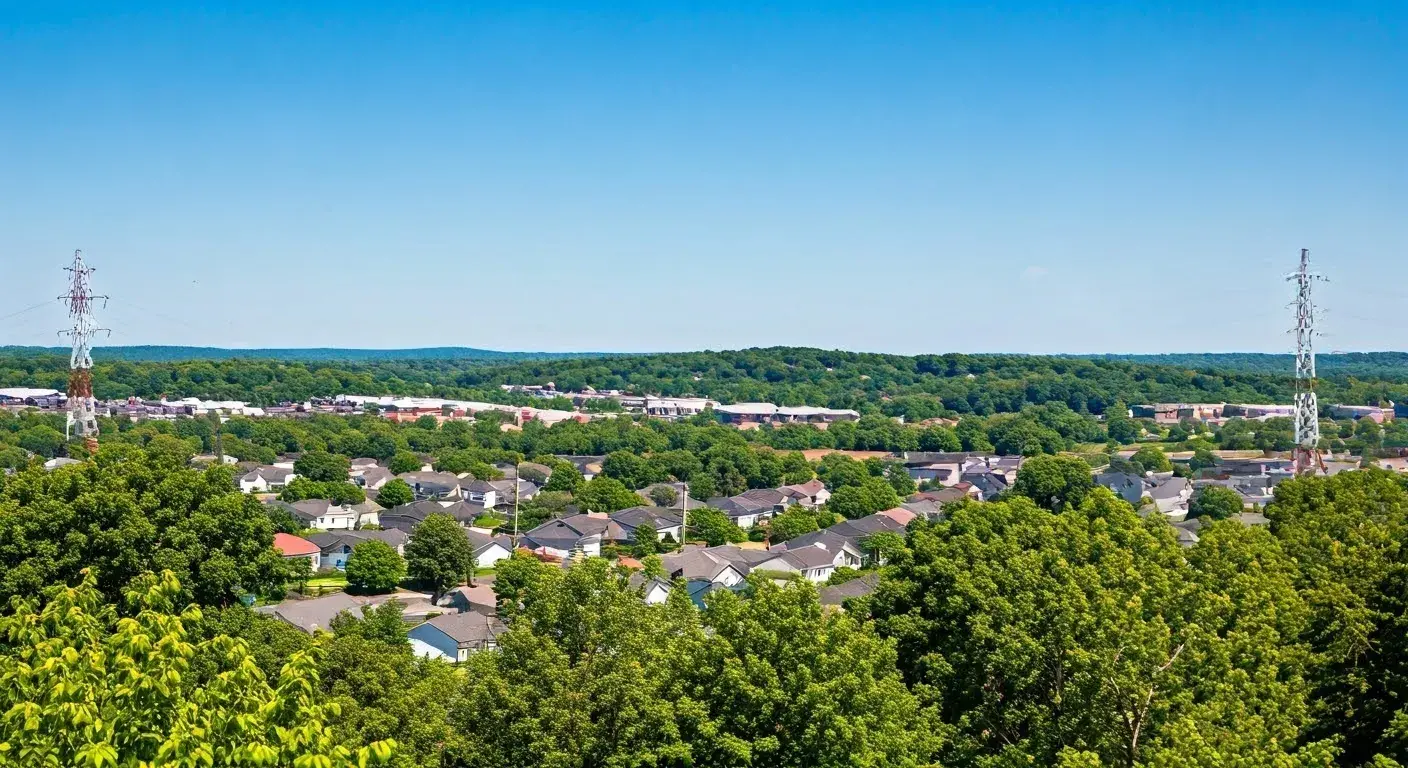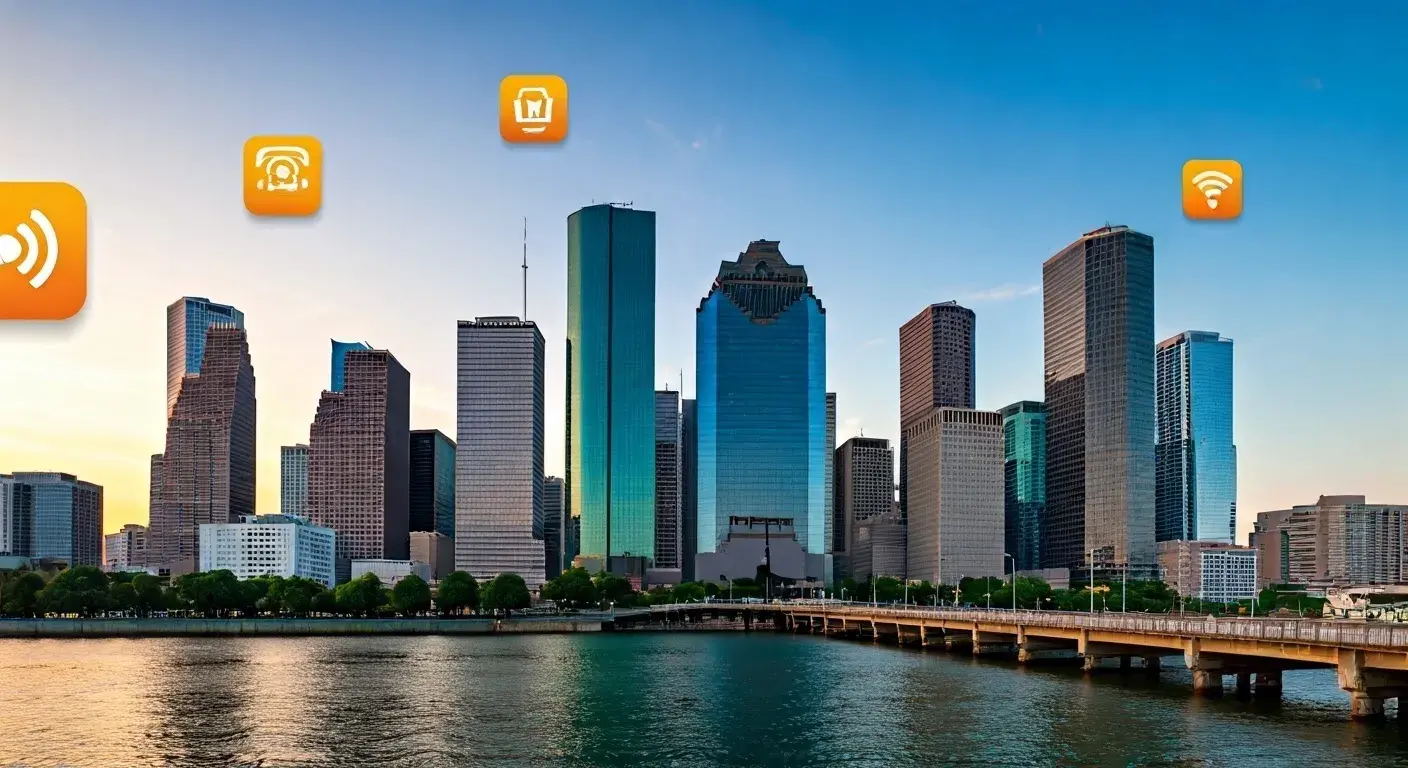
How is Fiber Internet Installed?
Fiber internet also referred to as fiber optic internet is the most modern and rapid internet service available in the market currently. Fiber internet on the other hand involves placing fiber optic cables either underground or over poles to provide high internet speed to households and offices. Here is an overview of how fiber optic internet is installed: Here is an overview of how fiber optic internet is installed:
Planning and Design
There is a need to coordinate the fiber network at the first stage, which involves fiber planning and fiber layout. There is a plan that illustrates where the ISP wants to deploy the fiber and which buildings it is targeting. They decide on how best to lay cables through developed neighborhoods without compromising the existing structures. Information is gathered through site surveys to determine requirements of permits, excavation, etc Network engineers then come up with diagrams of where all the fiber optic cables will be placed.
Obtaining Permits
Typically, any structures have to go through the city or county government for permits before any construction may commence. Permits may be required for: Permits may be required for:
- Burying ditches through the soil
- Deploying cables across the utility poles
- Crossing municipal infrastructure to pull the cables through conduits
- Temporary road and sidewalk blocks may be required during construction.
ISPs fill out permit applications with a detailed plan on how they will go about it to get the permits.
Underground Fiber Installation
For underground installation, trenches are made to lay down the conduit, this is the plastic pipes that will contain the fiber optic cables. Ditches are typically excavated along the street, pathways, or any other right-of-way close to premises that internet service providers with fiber plans to cover. Trenches range from 3- 4 feet deep but maybe deeper depending on the soil. This is intensive labor work that requires the construction crews to employ unique digging and trenching machinery.
Upon laying trenches, conduits are also placed and manholes are provided at equal distances. Then cables are stranded through conduits from one manhole to another manhole by pulling the fiber optic cables. A single conduit may be made for the fiber service and additional conduits may be constructed for future expansion and development of the fiber services. Conduit installation involves removing materials refilling the trenches, and finally, restoring all disturbed areas.
Aerial Fiber Installation
For aerial fiber installation, parallel wires and steel structures such as utility poles and buildings are fitted with cabling and hardware that suspends fiber cables overhead. These structures are often installed by installation crews who sometimes require cherry picker trucks or bucket lifts to reach them while positioned from above ground. Fiber cables are fixed on the pole through pole mounts to allow them directly on the utility poles. Where cables are required to cross streets, steel wire or other cabling materials such as messenger wire along each pole is fixed. The messenger wires are then tied with fiber optic cables using other pieces of metal or plastic known as lashing wires.
At the customer’s home or building, the installers fasten a small box to the outside of the wall. A hole is made to accommodate the fiber cable which passes through from the outer casing to the interior environment. From there the fiber cable continues to the Optical Network Terminal (ONT) which converts the light signals to electrical. As for the underground installation, conduits connexus to the customer’s facility. In the aerial installation method, personnel suspend cables vertically allowing them to drop directly on the pole to the box on the building.
Cutting and Joining Fiber Optic Cables
In any location that fiber cables connect, be it at poles, manholes, buildings, etc. segments need to be joined through fusion splicing. This connects the ends of fibers permanently and creates continuous light paths between them. Splices are located in weather-proof outdoor and/or indoor wall-mount steel boxes.
In the customer locations OM3 fiber strands are terminated at connectors at the outside box and inside the ONT. Field technicians apply and smooth LAN and then install connectors to build interfaces for the fibers for electronic devices. Verification confirms that all fiber splices, connectors, cables, electronics, etc are properly installed and operating as required.
Customer Activation
The last of the processes is to offer internet services for use once the physical fiber internet connections, cables, and other related structures have been put in place and checked for functionality. A software system is set up by the ISP to “switch on” the internet over the fibber line that goes up to the customer building. An on-site field technician usually comes to the customer’s home or workplace to finalize the ONT setup and link devices. The customer can then start using the newly acquired high-speed fiber internet service through either Wi-Fi or wired means.
Maintaining the Fiber Network
The party that constructs the fiber network is also the one that assumes responsibility for the continued management, upkeep, and repairs of the network as well as any additional construction that may be required in the future. Connections may also be lost sometimes hence it may require fixing of cables or electronics that are affected. Fiber lines are often buried and these lines are digitized so that other construction works going on underground do not slice them. ISPs plan for ongoing maintenance and infrastructure enhancements to guarantee their clients get steady fiber internet in the long run.
Conclusion
Although fiber internet requires strategic planning and construction, the outcome of building this network is ready to deliver the highest possible speeds. Homes and businesses then get the unique opportunity to get a brand new high-capacity fiber line ready to serve all their connectivity needs for the rest of their lives or as long as they will continue living there. These internet speeds can be enjoyed once and for all by residents for working from home, streaming services, gaming and so much more.






